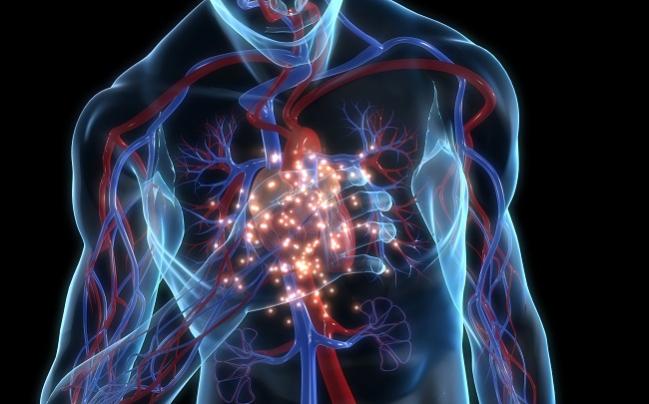The article discussed here is not related to neurodegeneration diseases, it discusses about heart failure, however it might have implications for ALS. While most ALS targeting therapies might aim at reducing TDP-43 aggregates (and similar protein aggregates in other neurodegenerative diseases), humans are indeed more than bags of identical cells, they are first living because they are composed of a multitude of physiological systems that interact to maintain homeostasis. So even if a therapy was invented that would efficiently remove TDP-43 aggregates, ALS patients would still be unable to recover health as motor neurons do not rejuvenate nor are replaced with newer cells. As this heart failure treatment improves heart muscle cells, it should also to some degree improve motor neuron cells. This article is also interesting as it mentions some drugs that are discusses ALS online internet forums, such as glutathione, N-Acetyl Cysteine (NAC) and Glycine.
This article explains precisely how some muscle cells seem to rejuvenate when a specific peptide is administrated. Very roughly: With this peptide, metabolism is rejuvenated at cellular level, so cells can use more energy, something which is clearly lacking in ALS cells which are characterized by hypermetabolism. Humans produce and consume about 65 kg of ATP every day. Because ATP cannot be stored, it is critical that the rate of ATP synthesis matches the rate of ATP consumption. The primary role of mitochondria is the generation of adenosine triphosphate (ATP) from adenosine diphosphate (ADP) using macromolecular complexes that form the electron transport chain.

Mitochondrial dysfunction is one of the hallmarks of aging. While mitochondria generate the bulk of cellular ATP, they are also the major source of reactive oxygen species (ROS) in most cells. ROS are sub-products inherent to ATP metabolism.
Aging is the strongest risk factor for cardiovascular diseases. It is also accompanied by a decline in cardiac function, especially diastolic dysfunction and hypertrophy of the left ventricle and left atrium. The heart is rich in mitochondria and has a high metabolic demand; therefore, it is highly susceptible to oxidative damage and the effects of mitochondrial dysfunction. Increasing evidence suggests that mitochondrial oxidative stress and mitochondrial dysfunction play critical roles in cardiovascular diseases and cardiac aging.
The mitochondrial-targeted tetrapeptide SS-31 (elamipretide), is a pharmacologic intervention that selectively concentrates in mitochondria, suppressing mitochondrial ROS and increasing skeletal muscle ATP production. Elamipretide (also named SS-31, MTP-131, Bendavia) is sold by Stealth BioTherapeutics, Newton, Massachusetts. It is a water-soluble, aromatic-cationic mitochondria-targeting tetrapeptide that readily penetrates and transiently localizes to the inner mitochondrial membrane and associates with cardiolipin to restore mitochondrial bioenergetics
it has not been established whether delivering such interventions in later life can rescue pre-existing mitochondrial and cardiac dysfunction. In this study, the authors demonstrate that mitochondrial-targeted interventions can improve mitochondrial function and reverse pre-existing cardiac dysfunction in old mice.
To determine the effects of SS-31 treatment on cardiac function in old mice, the scientists treated 24-month-old mice with the SS-31 peptide or saline control and examined cardiac function by echocardiography after 4 and 8 weeks of treatment.
SS-31 treatment was effective in aged hearts with pre-existing mitochondrial dysfunction but had little effects in young hearts with normal functioning mitochondria.
The authors acknowledge that the persistence of SS-31 induced functional benefit varied between individual mice. Other studies have reported negative effects of targeting mitochondrial ROS. In another study, suppression of mitochondrial ROS in mice resulted in impaired macrophage bactericidal activity.
However not everything is rosy, elamipretide is known since quite some time and had been tested in several different diseases. Recently it did not meet expectations stemming from promising early trial results in patients with primary mitochondrial myopathy (PMM), data from a Phase 3 (NCT03323749) trial show.

